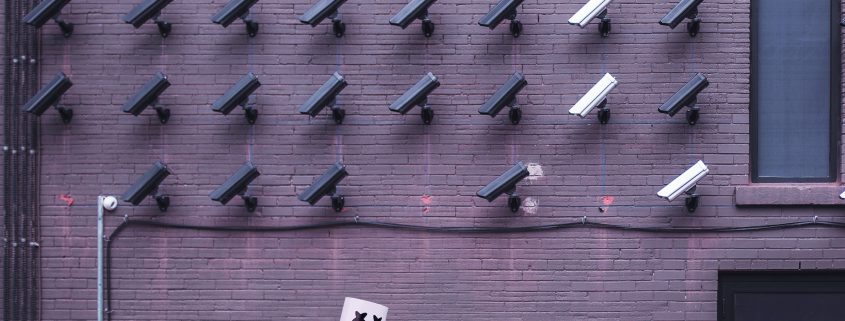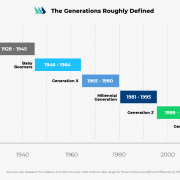Using Student Data to Benefit Students
Student data privacy. There are few issues that have so captivated the attention of the education community. Whether it be state-administered student proficiency tests, Family Educational Rights and Privacy Act (FERPA) provisions, or student identifiers such as social security numbers, the topic of what student data is available and how it is safeguarded is now front and center in most education discussions.
It is impractical to suggest, as some have for years, that student data just should not be collected. In the current digital, information age, electronic student data is central to effective teaching and learning. From student registration data to formative/interim/summative assessments, good data is now an essential piece to effective teaching and learning.
Our most effective educators use student data to personalize instruction, ensuring that the lessons in the classroom best match with student needs and learning styles. Schools use student data to effectively manage everything from attendance to student discipline to teacher effectiveness. And school districts and states utilize the data to demonstrate the success of our schools, our teachers, and our kids. Good data is at the heart of all of these activities.
So as states prepare for another legislative session — a session where student data privacy will again likely play a central role — it is essential that we continue the discussion of how student data is used, how it is managed, and how it is protected.
According to THE Journal, data privacy was included in 93 of the 183 state legislative bills touching on education data in 2017. This year, 31 states passed laws connected to student data collection. Twenty one states approved legislation making student data use possible. Twenty new laws looked at transparency regarding student data. Five states passed new laws over how student data is used by third parties. All of these numbers were up from the previous year, and all are part of an upward trend over the past decade.
As these legislatures begin to look to 2018 there are several key questions they should consider when it comes to issues of student data privacy, questions that look to ensuring that all students have the most beneficial, productive learning experiences possible.
Who is collecting the data? Is data being gathered by the educators who know the students the most and now how best to collect what is needed from today’s learners?
When it comes to electronic data, how is content being safeguarded? What protections are being taken to ensure that data breaches, malware, and other such intrusions seen more and more aren’t negatively impacting students and their records?
How are we distinguishing between “high-stakes” data such as student test scores and “low-stakes” data gathered throughout the school year and how each is effectively used?
How do we provide parents and families with greater involvement in student data, how it is collected, and how it is used?
How do we ensure that all student data collected is collected for the purpose, whether it be to improve instruction, evaluate student progress, or identify future learning or career opportunities for kids?
How can legislators protect student privacy while also ensuring transparency in the data process?
These are all essentially important questions to any discussion of student data and student data privacy. If these queries are not posed during upcoming debates, they should be. And if we are unable to answer these questions, we must take a careful look before taking further actions without the needed answers.
Student data is an enormously powerful tool, one that is currently transforming learning as we know it. In states like New Hampshire, we see student data leading the way in building new schools and opportunities by focusing on personalized learning. In states like New York and Tennessee, we now see student data providing more students the opportunity for postsecondary education by offering free college pathways. And in community after community, we see student data effectively used to improve student learning outcomes, reflected in everything from IEPs for special education students to merit-based scholarships for those seeking college educations.
It is up to every state, every school, every educator, every family, and every student to understand what data is collected, why it is collected, and how it is used. It is up to each individual to ensure they know their rights and those rights are protected in every stage of the educational process. Only then will we be able to make the most of the student data currently available, while protecting the privacy and rights guaranteed all individuals by the federal government and the states.










Leave a Reply
Want to join the discussion?Feel free to contribute!